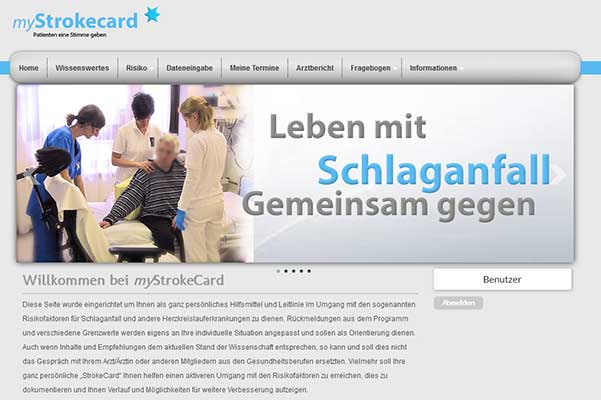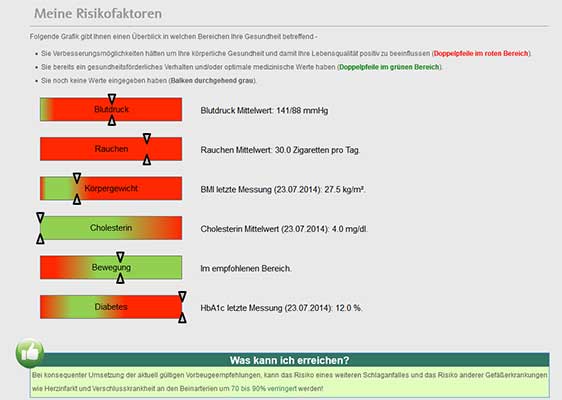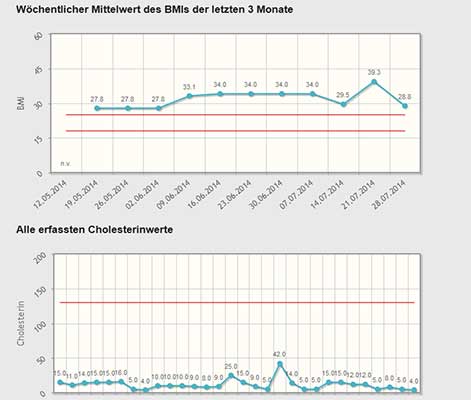CHES.Patient-Portal (e.g. Stroke Card)
Evaluation Software Development (ESD) provides an eHealth platform for patients with different kinds of diseases. Patient Portals are healthcare-related online applications that allow patients to interact and communicate with their healthcare providers, such as physicians and hospitals. Typically, portal services are available on the Internet at all hours of the day and night. Some patient portal applications exist as stand-alone web sites and sell their services to healthcare providers. Other portal applications are integrated into the existing web site of a healthcare provider. Still others are modules added onto an existing electronic medical record (EMR) system. What all of these services share is the ability of patients to interact with their medical information via the Internet. Currently, the lines between an EMR, a personal health record, and a patient portal are blurring. For example, Intuit Health and Microsoft HealthVault describe themselves as personal health records (PHRs), but they can interface with EMRs and communicate through the Continuity of Care Record standard, displaying patient data on the Internet so it can be viewed through a patient portal.



The central feature that makes any system a patient portal is the ability to expose individual patient health information in a secure manner through the Internet. In addition, virtually all patient portals allow patients to interact in some way with health care providers. Patient portals benefit both patients and providers by increasing efficiency and productivity. Patient portals are also regarded as a key tool to help physicians meet “meaningful use” requirements in order to receive federal incentive checks, especially for providing health information to patients.Some patient portal applications enable patients to register and complete forms online, which can streamline visits to clinics and hospitals. Many portal applications also enable patients to request prescription refills online, order eyeglasses and contact lenses, access medical records, pay bills, review lab results, and schedule medical appointments. Patient portals also typically allow patients to communicate directly with healthcare providers by asking questions, leaving comments, or sending e-mail messages.
